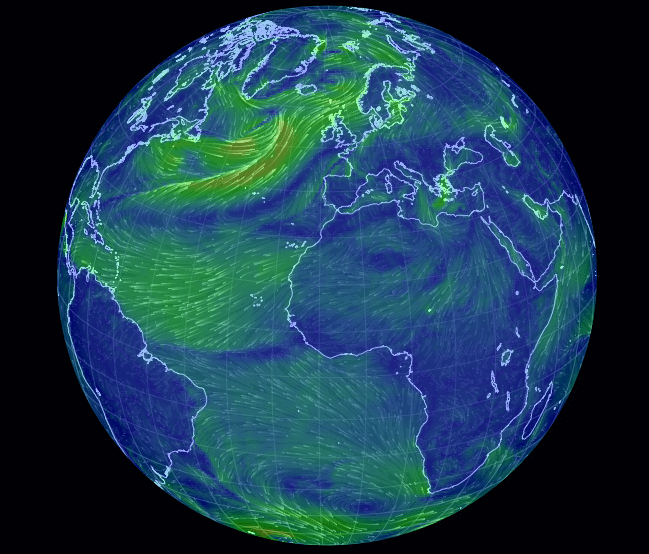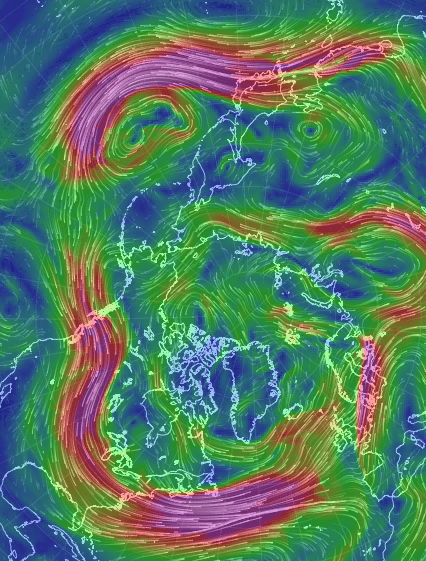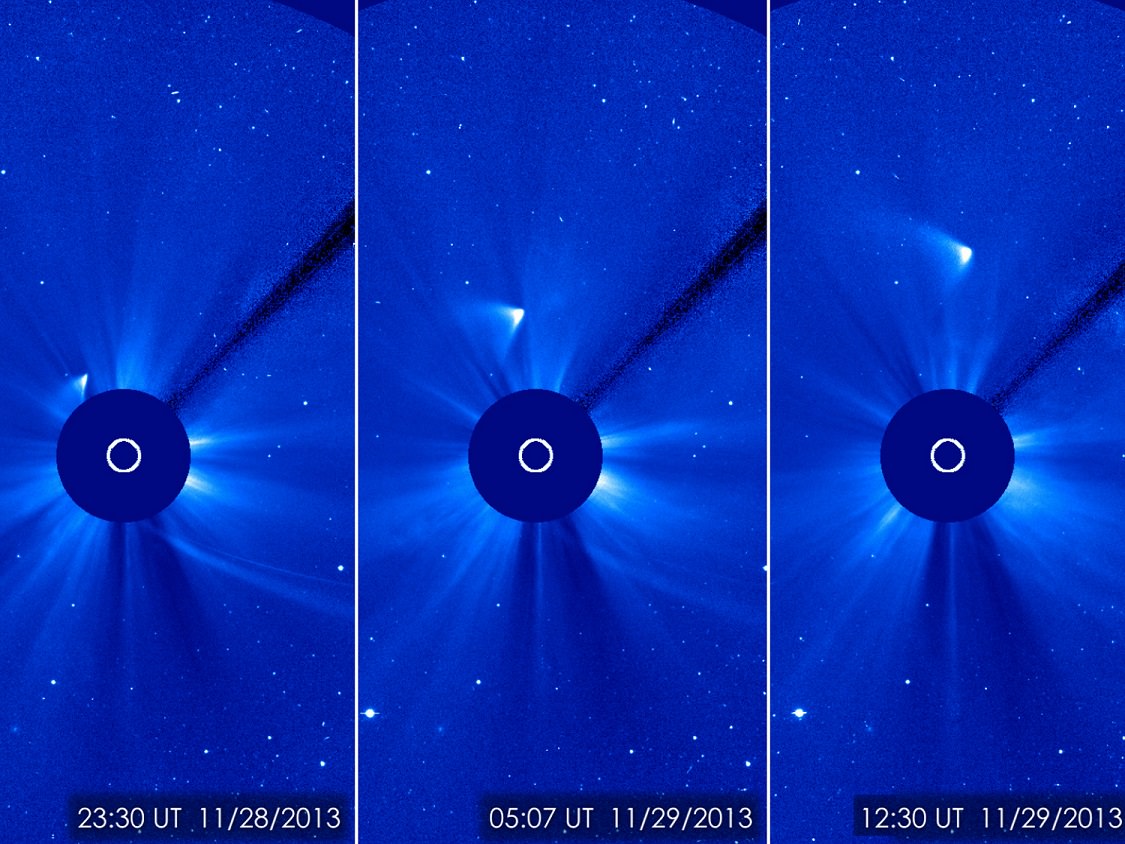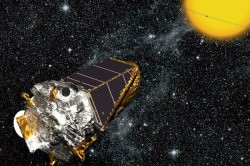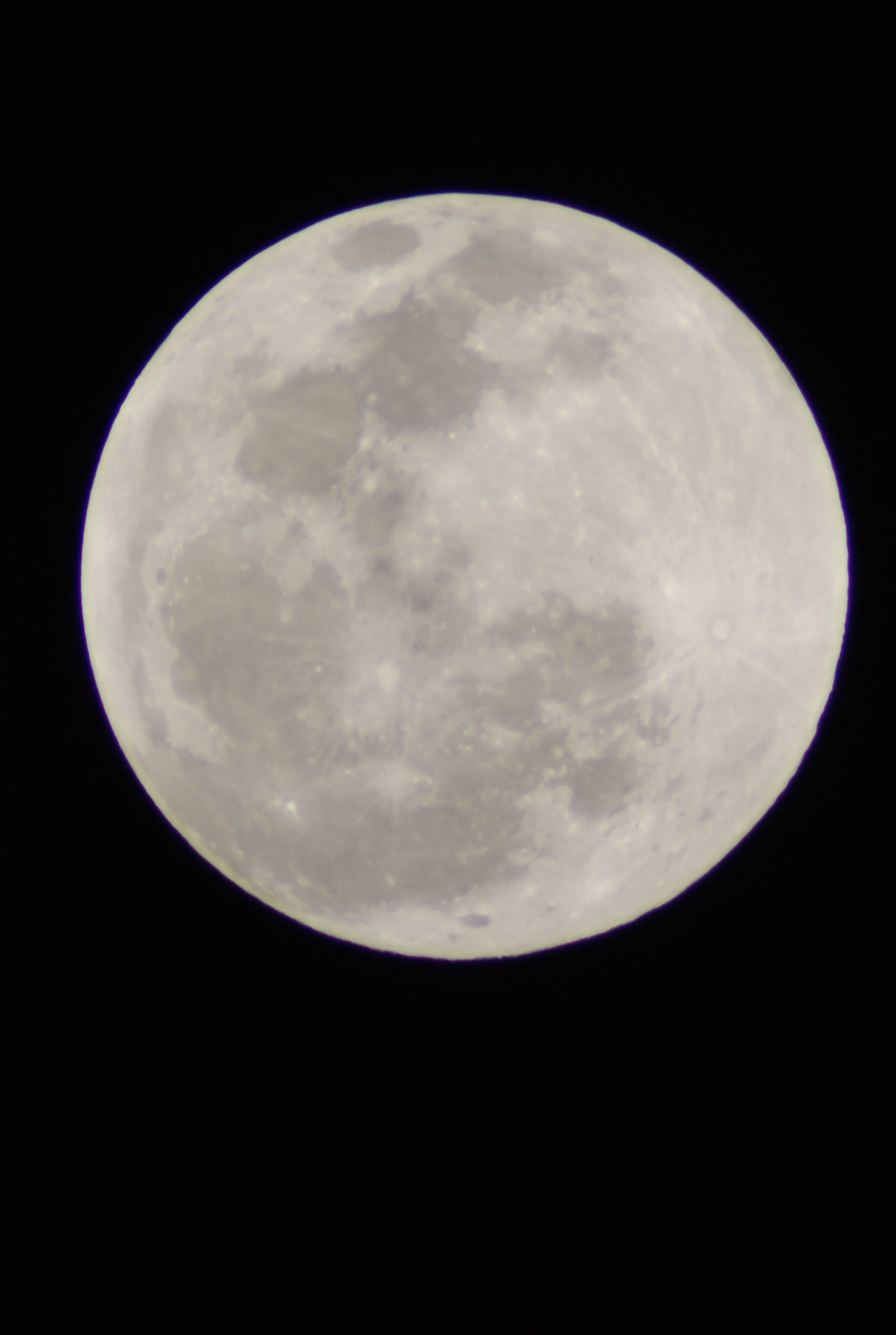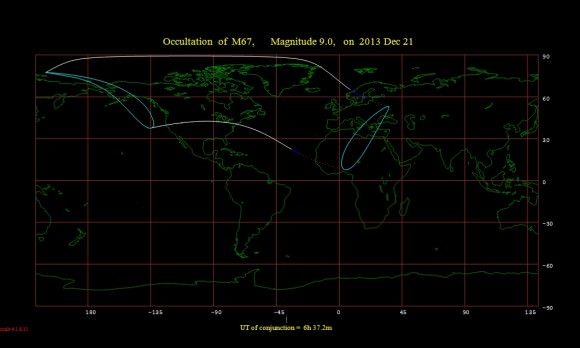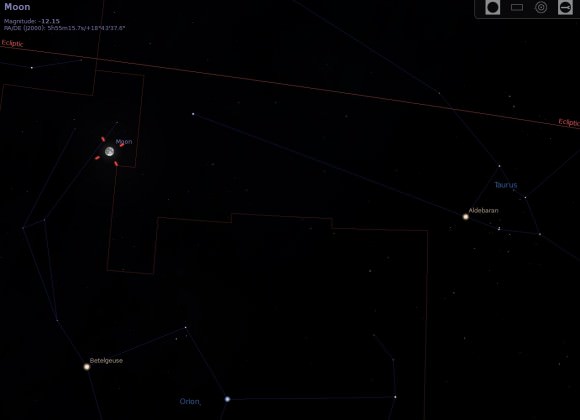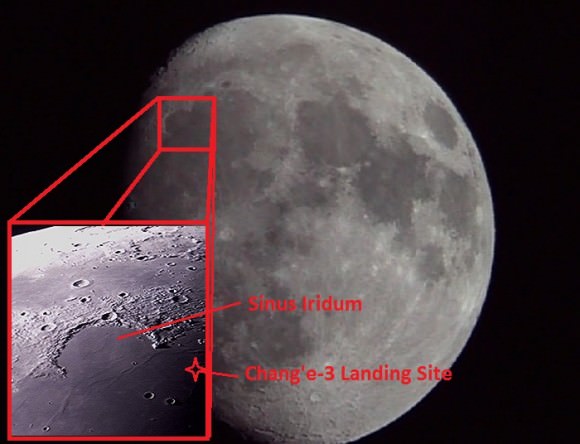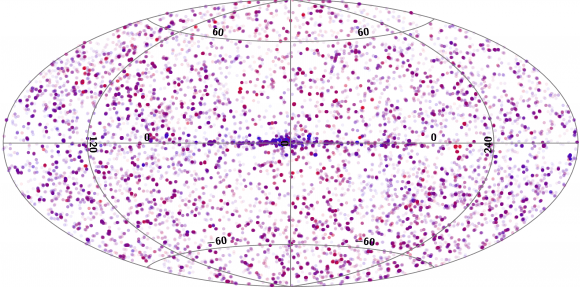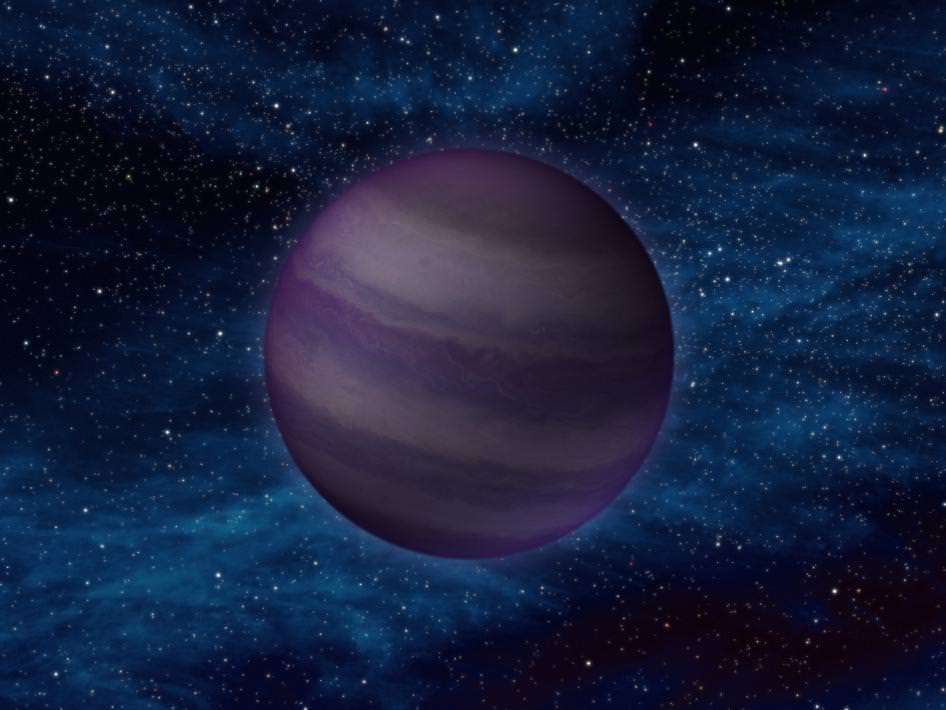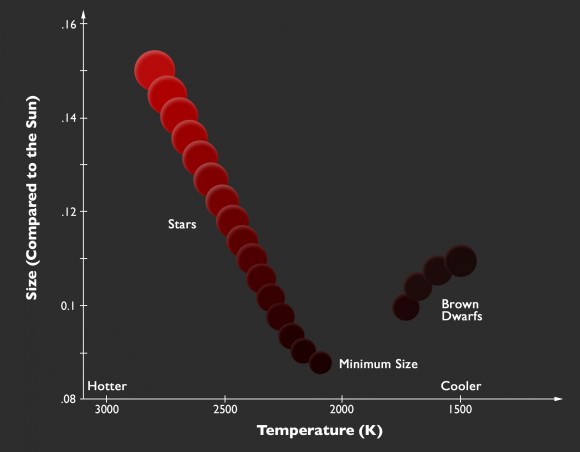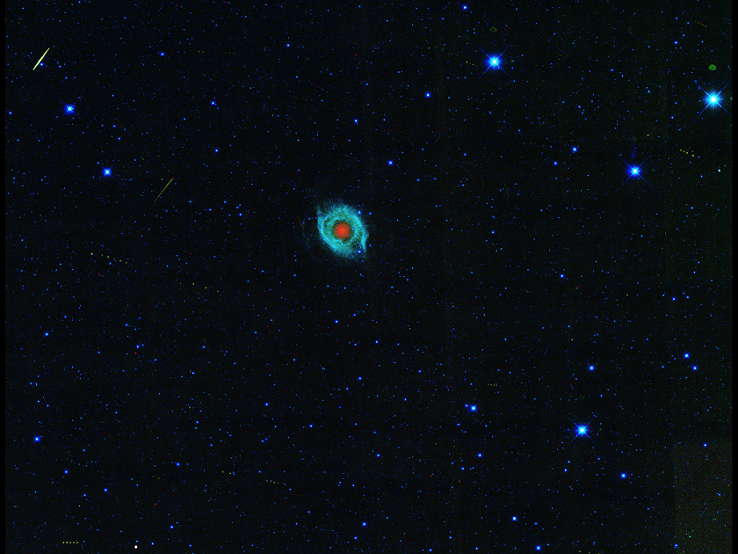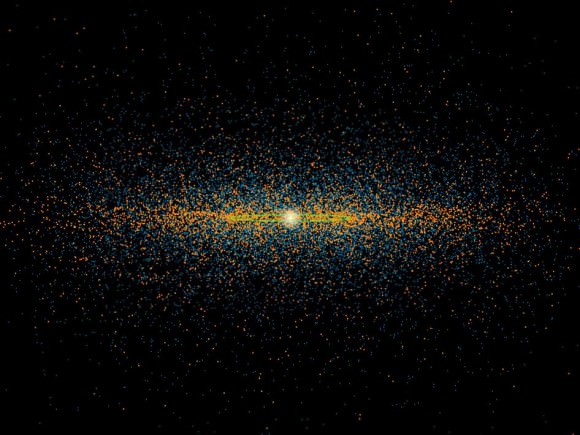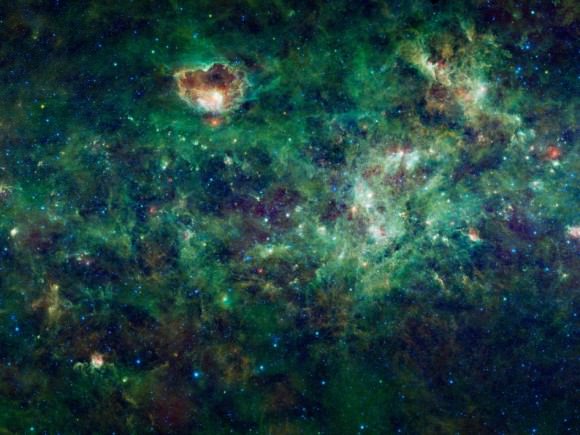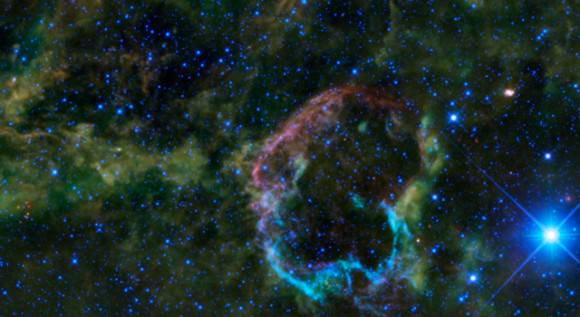Dr. Thad Szabo is a professor of physics and astronomy at Cerritos College. He’s also a regular contributor to many of our projects, like the Virtual Star Party and the Weekly Space Hangout. Thad has an encyclopedic knowledge of all things space, so we got him to explain a few fascinating concepts.
In this video, Thad explains the strange mystery of dark energy, and the even stranger idea of the Big Rip.
What is the ‘Big Rip?’
If we look at the expansion of the universe, at first it was thought that, as things are expanding while objects have mass, the mass is going to be attracted to other mass, and that should slow the expansion. Then, in the late 1990’s, you have the supernova surveys that are looking deeper into space than we’ve ever looked before, and measuring distances accurately to greater distances than we’ve ever seen before. Something really surprising came out, and that was what we’ll now use “dark energy” now to explain, and that is that the acceleration is not actually slowing down – it’s not even stopped. It’s actually getting faster, and if you look at the most distant objects, they’re actually moving away from us and the acceleration is increasing the acceleration of expansion. This is actually a huge result.
One of the ideas of trying to explain it is to use the “cosmological constant,” which is something that Einstein actually introduced to his field equations to try to keep the universe the same size. He didn’t like the idea of a universe changing, so he just kind of cooked up this term and threw it into the equations to say, alright, well if it isn’t supposed to expand or contract, if I make this little mathematical adjustment, it stays the same size.
Hubble comes along about ten years later, and is observing galaxies and measuring their red shifts and their distances, and says wait a minute – no the universe is expanding. And actually we should really credit that to Georges Lemaître, who was able to interpret Hubble’s data to come up with the idea of what we now call the Big Bang.
So, the expansion’s happening – wait, it’s getting faster. And now the attempt is to try to understand how dark energy works. Right now, most of the evidence points to this idea that the expansion will continue in the space between galaxies. That the forces of gravity, and especially magnetism and the strong nuclear force that holds protons and neutrons together in the center of an atom, would be strong enough that dark energy is never going to be able to pull those objects apart.
However, there’s a possibility that it doesn’t work like that. There’s actually a little bit of experimental evidence right now that, although it’s not well-established, that there’s a little bit of a bias with certain experiments that dark energy may get stronger over time. And, if it does so, the distances won’t matter – that any object will be pulled apart. So first, you will see all galaxies recede from each other, as space starts to grow bigger and bigger, faster and faster. Then the galaxies will start to be pulled apart. Then star systems, then planets from their stars, then stars themselves, and then other objects that would typically be held together by the much stronger forces, the electromagnetic force objects held by that will be pulled apart, and then eventually, nuclei in atoms.
So if dark energy behaves so that it gets stronger and stronger over time, it will eventually overcome everything, and you’ll have a universe with nothing left. That’s the ‘Big Rip’ – if dark energy gets stronger and stronger over time, it will eventually overcome any forces of attraction, and then everything is torn apart.
You can find more information from Dr. Thad Szabo at his YouTube channel.




